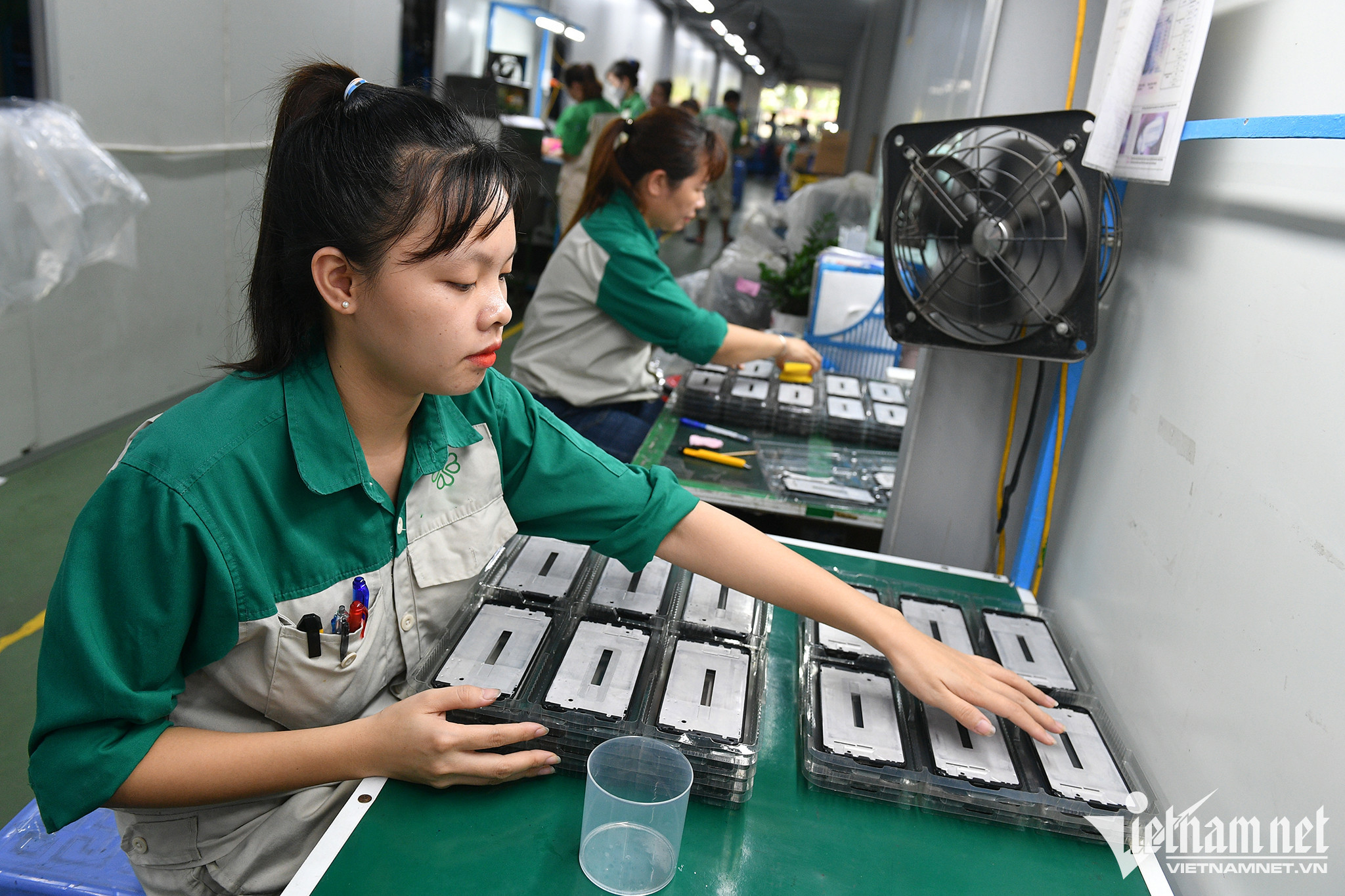
The IMF has released the World Economic Outlook Report for October, which, as anticipated, has predicted a 4 percent GDP growth rate for Asia, lower than the 6.5 percent for 2021.
This is the fourth time that the IMF has lowered the predicted growth rate of the region amid uncertainties because of high inflation or slower growth, such as in Europe, the United States and China.
Asia has been severely impacted by goods price escalation, a decrease in demand from large economies, and disruption of global supply chains.
According to the IMF, Asian emerging economies will grow by 4.4 percent this year and 4.9 percent in 2023.
The reduction in China’s growth, with GDP predicted to grow by 3.2 percent in 2022 (the growth rate was 8.1 percent in 2021), will have a negative impact on Asian economies.
However, Vietnam is a bright spot in the world’s economy. The IMF has predicted a 7 percent GDP growth rate for Vietnam in 2022, higher than the rate stated earlier this year.
If so, Vietnam’s GDP growth rate will be the highest among five emerging economies in Southeast Asia (ASEAN-5), including Vietnam, Indonesia, Malaysia, the Philippines and Thailand.
ASEAN-5 is expected to see a 5.3 percent growth rate this year, higher than the 3.4 percent in 2021, but the figure will be lower in 2023, at 4.9 percent.
Vietnam’s growth rate in 2023 is expected to be 6.2 percent.
In early October, 2022, UOB raised its growth rate for Vietnam to 8.2 percent in 2022, much higher than the 7 percent before, thanks to the strong recovery of the production and service sectors.
In the third quarter of 2022, according to the General Statistics Office (GSO), Vietnam obtained a high growth rate of 13.67 percent compared with the same period last year. The growth rate in the first three quarters of the year was 8.83 percent, higher than the 6.2 percent growth rate gained in the first two quarters.
HSBC has raised its growth rate for Vietnam to 6.9 percent, commenting that Vietnam will become the 10th largest consumer market in the world by 2030, even surpassing Germany and the UK.
Risks
Meanwhile, the World Bank is cautious when lowering its growth rate for Vietnam from 7.5 percent to 7.2 percent.
Vietnam’s economy has grown well thanks to the strong recovery of domestic demand and export-oriented processing and manufacturing activities.
The Asian Development Bank (ADB) has predicted a growth rate of 6.7 percent, while the Saigon Securities Incorporated (SSI) 7 percent. Moody’s predicted an 8.5 percent growth rate in 2022. VNDirect Securities in mid-September raised the growth rate from 7.1 to 7.7 percent, and VinaCapital from 6.5 to 7.5 percent.
International credit agencies have also given positive comments about Vietnam. In September, 2022, Moody’s raised the credit rating for Vietnam to Ba2.
Some newspapers in Europe and the US have recently commented about Vietnam’s economy. One of them called Vietnam a new tiger in Asia. Vietnam is considered one of the emerging economies that play leading roles in Asia.
Some economists say that Vietnam is a bright spot in the gloomy picture of the world economy. It has a high GDP growth rate, inflation at a low rate (2.89 percent in the first nine months of 2022), and stable dong/dollar exchange rate. The Vietnam dong has lost 4 percent of its value against the dollar, a small figure compared with the 10-25 percent in some large economies.
Nevertheless, Vietnam has been warned about risks.
Vietnam’s economy has not fully recovered, with the total output still lower than that in the pre-pandemic period.
In the short term, policymakers have to harmonize the need to maintain policies to support the recovery and the need to curb inflation and control rising financial risks.
In the medium and long term, the goal of becoming a higher average-income country will depend on the shift to a growth model based on productivity and reform by effectively using capital and personnel.
Manh Ha